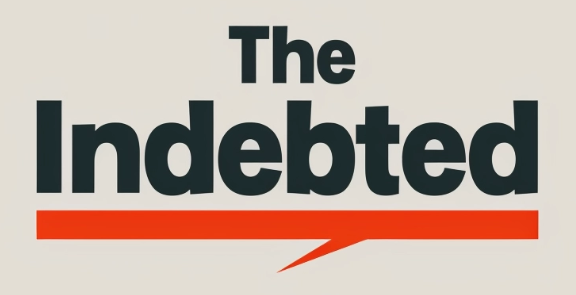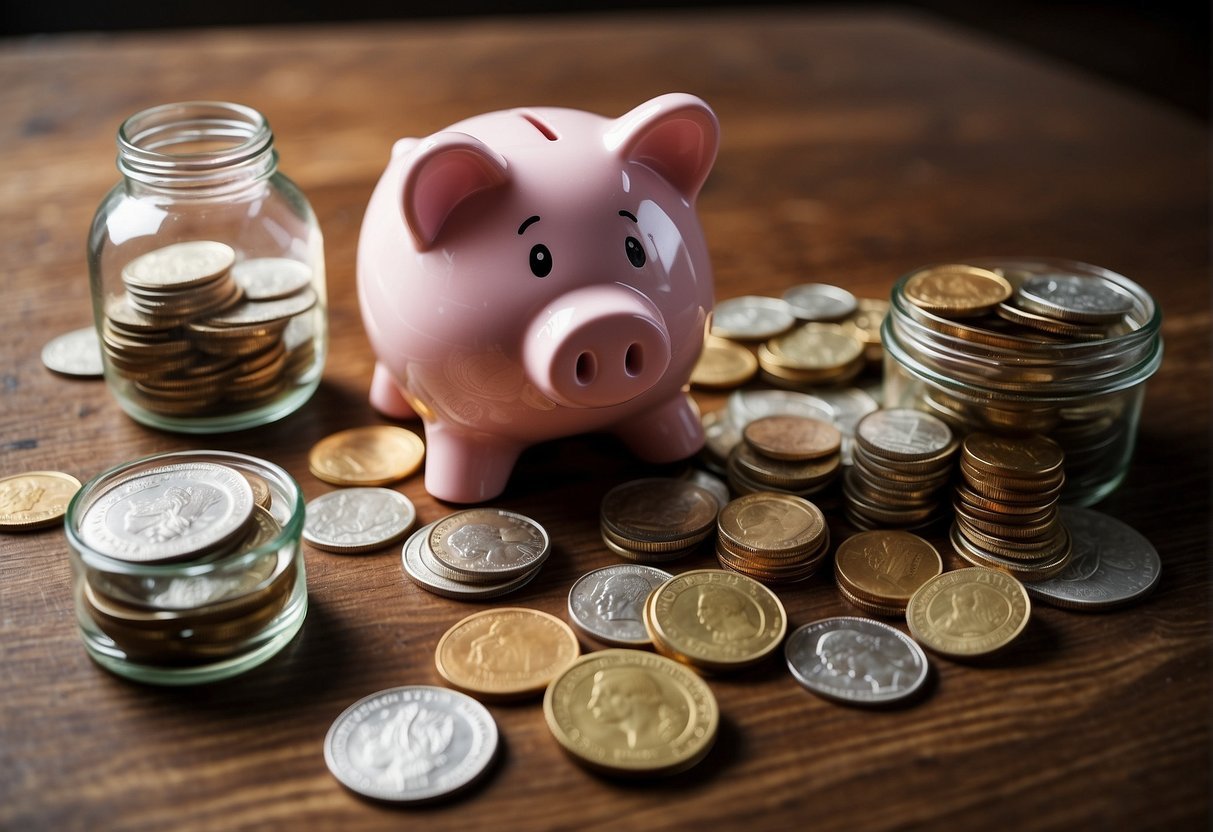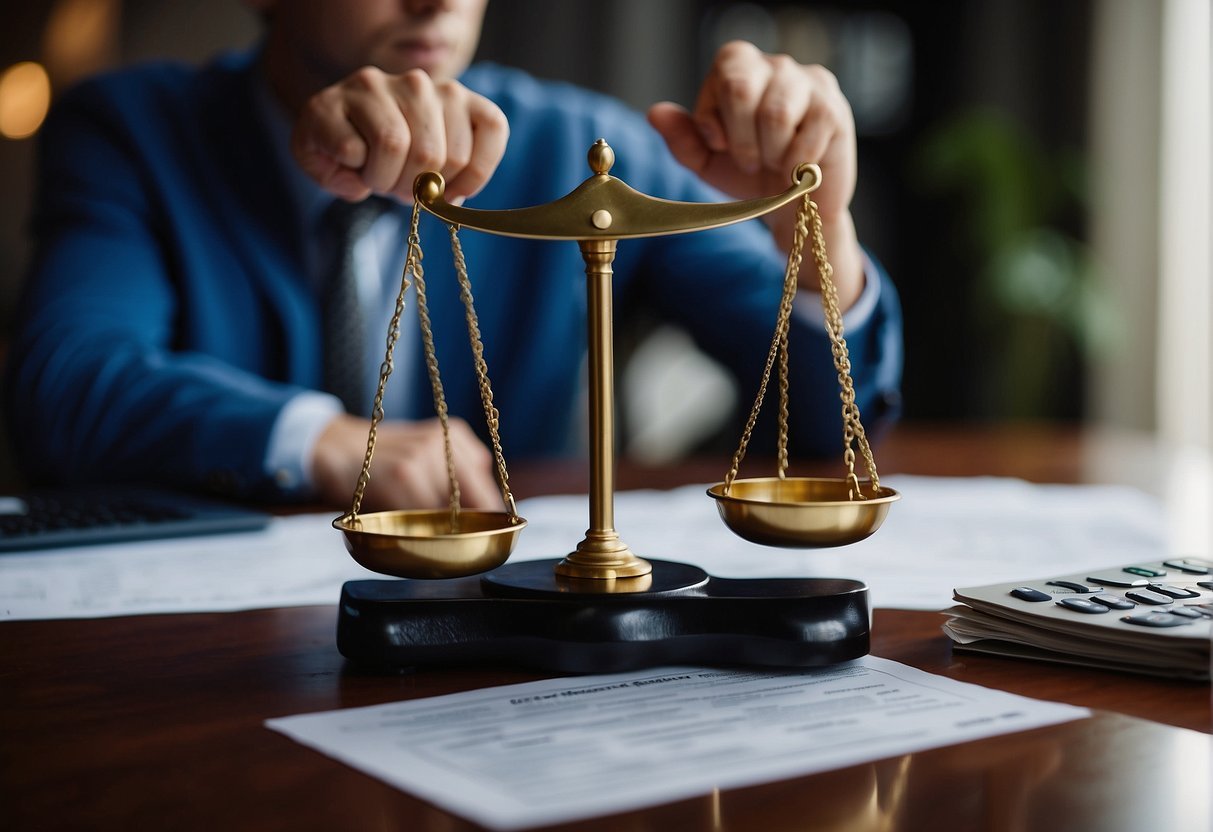If you are struggling with debt, you might be wondering what the best way to pay it off is. One popular method is the debt snowball, which involves paying off your smallest debts first. This might seem counterintuitive, but there are several reasons why it can be effective.
One of the main benefits of paying off small debts first is that it can give you a sense of accomplishment and momentum. When you see a debt disappear completely, it can be a huge motivator to keep going. This can be especially important if you have a lot of debt to pay off and it feels overwhelming. By starting with small debts, you can build up your confidence and keep yourself on track.
Another advantage of the debt snowball method is that it can simplify your finances. If you have multiple debts with different interest rates and payment amounts, it can be hard to keep track of everything. By focusing on one debt at a time, you can streamline your payments and make it easier to stay organized.
Understanding Debt Repayment Strategies
When it comes to paying off debt, there are different strategies to choose from. The two most popular methods are the snowball method and the avalanche method. Both methods have their pros and cons, so it’s important to understand how they work and which one might be the best fit for you.
The Snowball Method Explained
The snowball method is a debt repayment strategy where you pay off your smallest debt first and work your way towards the highest debt balance last. This method is based on the idea that early success in paying off small balances can build up the momentum you need to pay off larger balances, like a snowball rolling down a hill.
To use this method, you should list all your debts from smallest to largest balance. Then, you make minimum payments on all your debts except for the smallest one. You put as much money as possible towards paying off the smallest debt until it is completely paid off. Once the smallest debt is paid off, you move on to the next smallest debt and repeat the process.
The snowball method can be a great way to stay motivated and see progress early on in your debt repayment journey. However, it may not be the most cost-effective method in terms of interest payments.
The Avalanche Method Explained
The avalanche method is a debt repayment strategy where you pay off your debt with the highest interest rate first and work your way towards the lowest interest rate last. This method is based on the idea that paying off high-interest debt first can save you money in the long run.
To use this method, you should list all your debts from highest to lowest interest rate. Then, you make minimum payments on all your debts except for the one with the highest interest rate. You put as much money as possible towards paying off the debt with the highest interest rate until it is completely paid off. Once the debt with the highest interest rate is paid off, you move on to the next highest interest rate debt and repeat the process.
The avalanche method can be a great way to save money on interest payments in the long run. However, it may take longer to see progress and stay motivated since you may not be paying off smaller debts first.
Overall, both the snowball and avalanche methods can be effective debt repayment strategies depending on your personal situation and preferences. It’s important to understand how each method works and choose the one that works best for you.
Psychological Benefits of Small Wins
As I started paying off my debts, I quickly realized that tackling larger debts can be daunting and demotivating. That’s when I discovered the debt snowball method, which involves paying off small debts first. This approach has several psychological benefits that can help you stay motivated and focused throughout your debt repayment journey.
Momentum and Motivation
Paying off small debts first can provide a sense of momentum and progress, which can be incredibly motivating. When you see a debt balance decrease or disappear altogether, you feel a sense of accomplishment and satisfaction. This feeling of progress can help you stay motivated and focused on your goal of becoming debt-free.
Additionally, completing small tasks can provide a boost to motivation, which helps people tackle larger tasks. According to Psychology Today, completing small tasks provides an added boost to motivation, which helps people tackle larger tasks. So, once you pay off that $500 credit card debt, you’ll have more motivation to tackle the $2,000 student loan debt.
The Role of Hope in Debt Repayment
Another psychological benefit of paying off small debts first is the role of hope in debt repayment. According to the Ramsey Help Center, the debt snowball works because it’s all about behavior modification, not math. When it all boils down, hope has more to do with this equation than math ever will. If you start paying on the student loan first because it’s the largest debt, you won’t get rid of it for a while. You’ll see numbers going down on the balance, but pretty soon you’ll lose steam and stop paying extra.
Paying off small debts first can help you build hope and confidence in your ability to become debt-free. As you see your debts disappear one by one, you’ll start to believe that you can achieve your goal of becoming debt-free. This hope and confidence can help you stay motivated and focused on your debt repayment journey.
In conclusion, paying off small debts first can provide several psychological benefits that can help you stay motivated and focused on your journey towards becoming debt-free. By building momentum and hope, you can achieve your goal of becoming debt-free and live a financially stable life.
Analyzing Your Debt Situation
When it comes to paying off debt, it’s important to assess your financial situation to determine the best strategy. Here are a few factors to consider:
Assessing Interest Rates and Balances
One approach to paying off debt is to focus on the debts with the highest interest rates first. This makes sense mathematically, as it will save you the most money in interest payments over time. However, if you have multiple debts with similar interest rates, it can be difficult to decide which one to tackle first.
Another approach is to focus on paying off the debts with the smallest balances first. This method, known as the debt snowball method, can be more motivating, as you’ll see progress quickly as you pay off each debt. Additionally, paying off smaller debts can free up more money to put towards larger debts in the long run.
Secured vs. Unsecured Debt
It’s also important to consider whether your debts are secured or unsecured. Secured debts, such as a mortgage or car loan, are backed by collateral. If you don’t make your payments, the lender can seize the collateral. Unsecured debts, such as credit card debt or personal loans, are not backed by collateral.
If you have both secured and unsecured debts, it may make sense to prioritize the secured debts. Not making payments on secured debts can have serious consequences, such as losing your home or car. However, if you’re struggling to make ends meet, it may be more important to focus on the debts with the highest interest rates or smallest balances first.
Overall, there is no one-size-fits-all approach to paying off debt. It’s important to assess your own financial situation and goals to determine the best strategy for you.
Creating a Customized Debt Payoff Plan
When creating a debt payoff plan, it’s important to take into account your personal financial goals and current financial situation. Here are a few steps to help you create a customized debt payoff plan that works for you.
Incorporating Personal Financial Goals
To create a debt payoff plan that works for you, it’s important to incorporate your personal financial goals. For example, if your goal is to become debt-free as quickly as possible, you may want to focus on paying off your smallest debts first, as this can help you gain momentum and motivation. On the other hand, if your goal is to minimize your monthly payments, you may want to focus on paying off your highest-interest debts first, as this can help you save money on interest in the long run.
Adjusting the Plan as Needed
It’s important to remember that your debt payoff plan is not set in stone. As your financial situation changes, you may need to adjust your plan accordingly. For example, if you receive a personal loan with a lower interest rate than your current debts, you may want to use the loan to pay off your high-interest debts and adjust your plan accordingly. Similarly, if you experience a change in income, you may need to adjust your monthly payment amounts to ensure that you can still make progress towards becoming debt-free.
By creating a customized debt payoff plan that takes into account your personal financial goals and current financial situation, you can develop a strategy that works for you and helps you become debt-free.
Considerations for Debt Consolidation and Refinancing
If you are struggling with multiple debts, you may be considering debt consolidation or refinancing. While these options can be helpful for some people, it is important to consider a few factors before making a decision.
When to Consider Consolidation
Debt consolidation involves taking out a new loan to pay off multiple debts. This can simplify your payments and potentially lower your interest rate. However, it is important to consider the following before consolidating your debts:
- Your credit score: If your credit score is low, you may not qualify for a consolidation loan or may only qualify for a high-interest rate loan.
- Fees and interest rates: Make sure to compare the fees and interest rates of consolidation loans to your current debts. You may end up paying more in the long run if the fees and interest rates are higher.
- Your budget: Consolidating your debts may lower your monthly payments, but make sure you can afford the new payment before taking out a consolidation loan.
Understanding Balance Transfers
Balance transfers involve moving high-interest credit card debt to a new card with a lower interest rate. This can be a good option if you have a high credit score and can qualify for a 0% interest rate introductory period. However, it is important to consider the following before transferring your balances:
- Balance transfer fees: Most balance transfer cards charge a fee for transferring your balance. Make sure to compare the fees to the potential interest savings.
- Introductory period: Make sure you can pay off your balance before the introductory period ends and the interest rate increases.
- Your budget: Balance transfers may lower your monthly payments, but make sure you can afford the new payment before transferring your balances.
Overall, debt consolidation and balance transfers can be helpful tools for managing your debt. However, it is important to carefully consider your options and make sure they fit your financial situation and goals.





